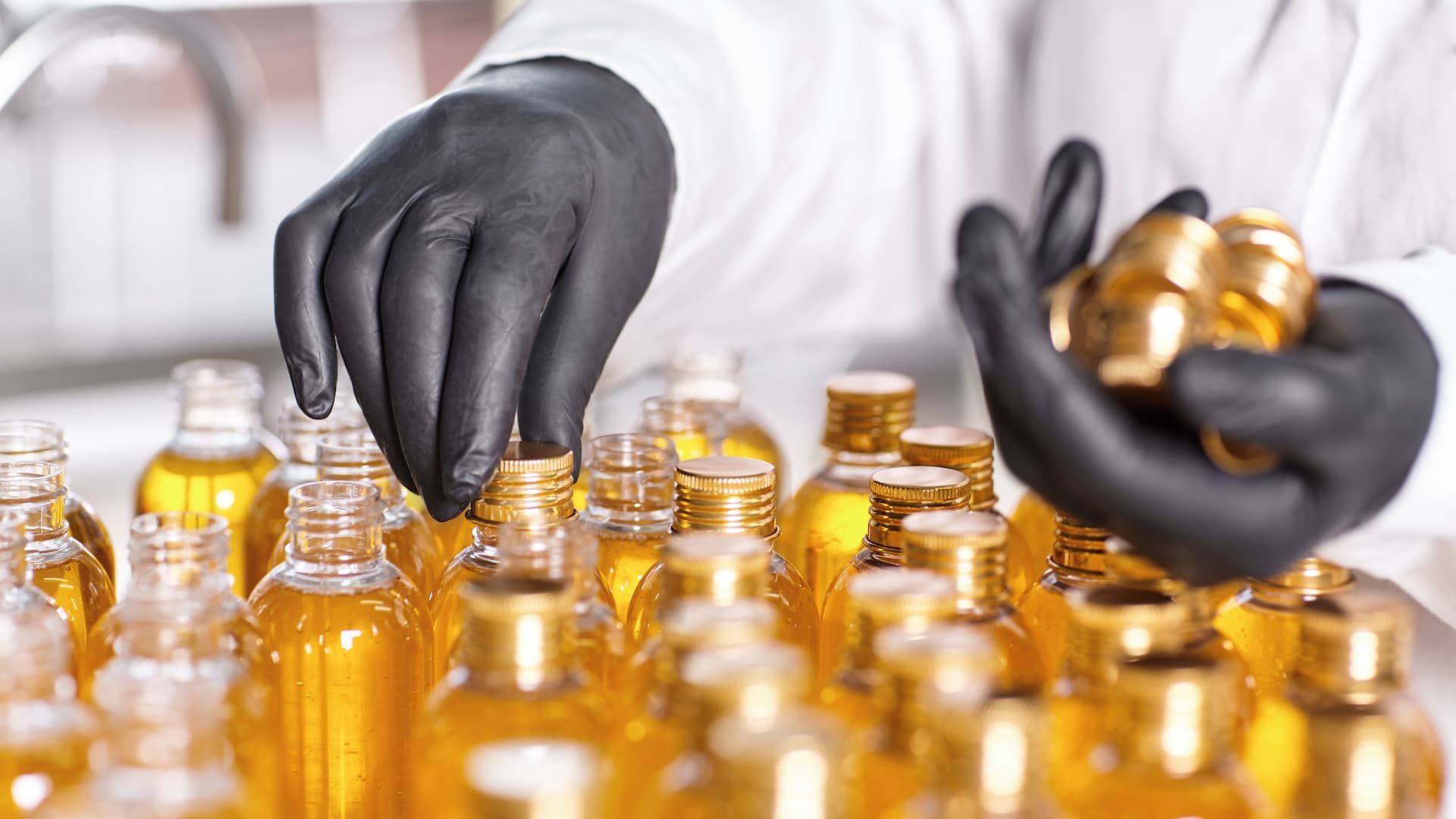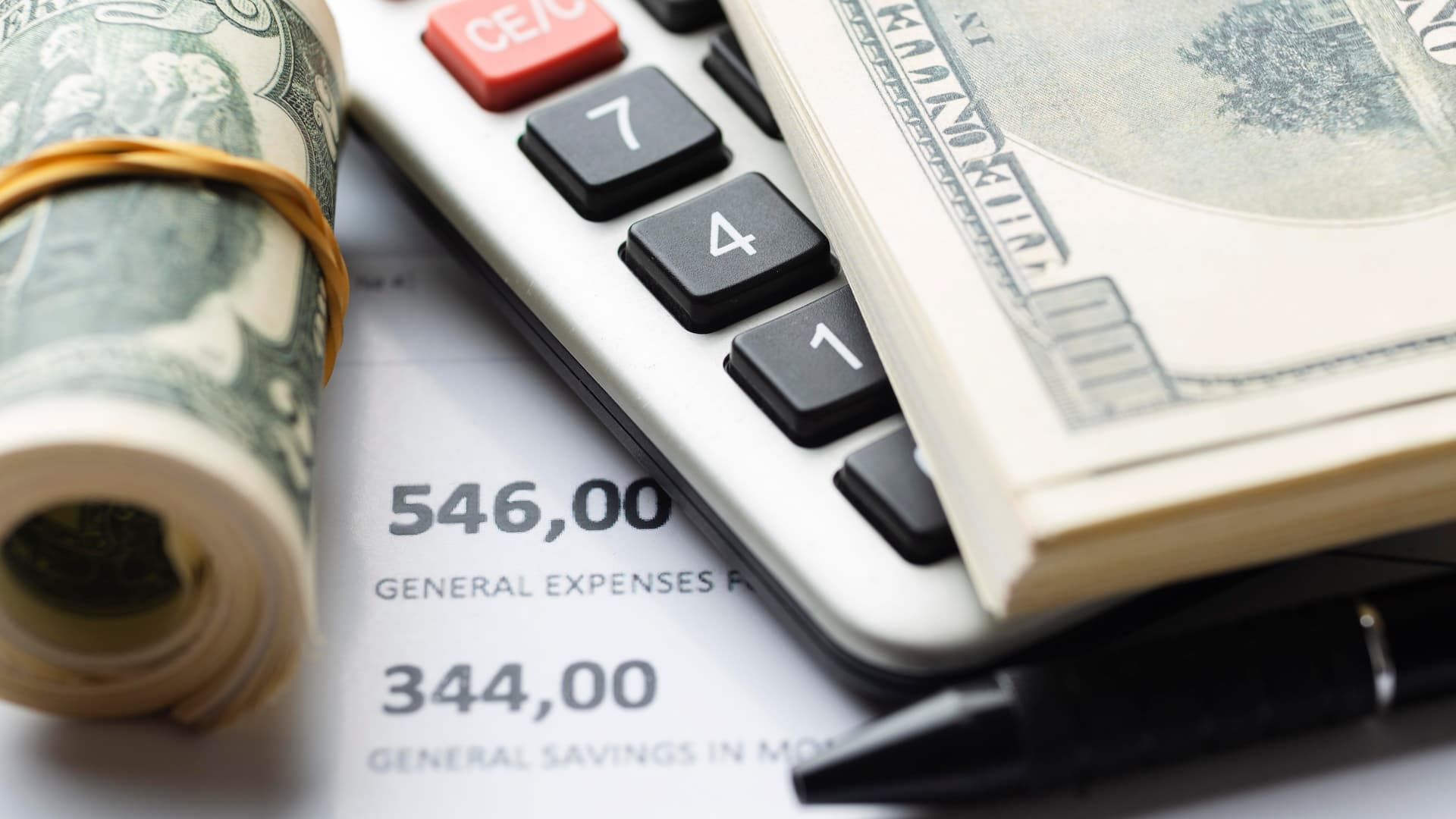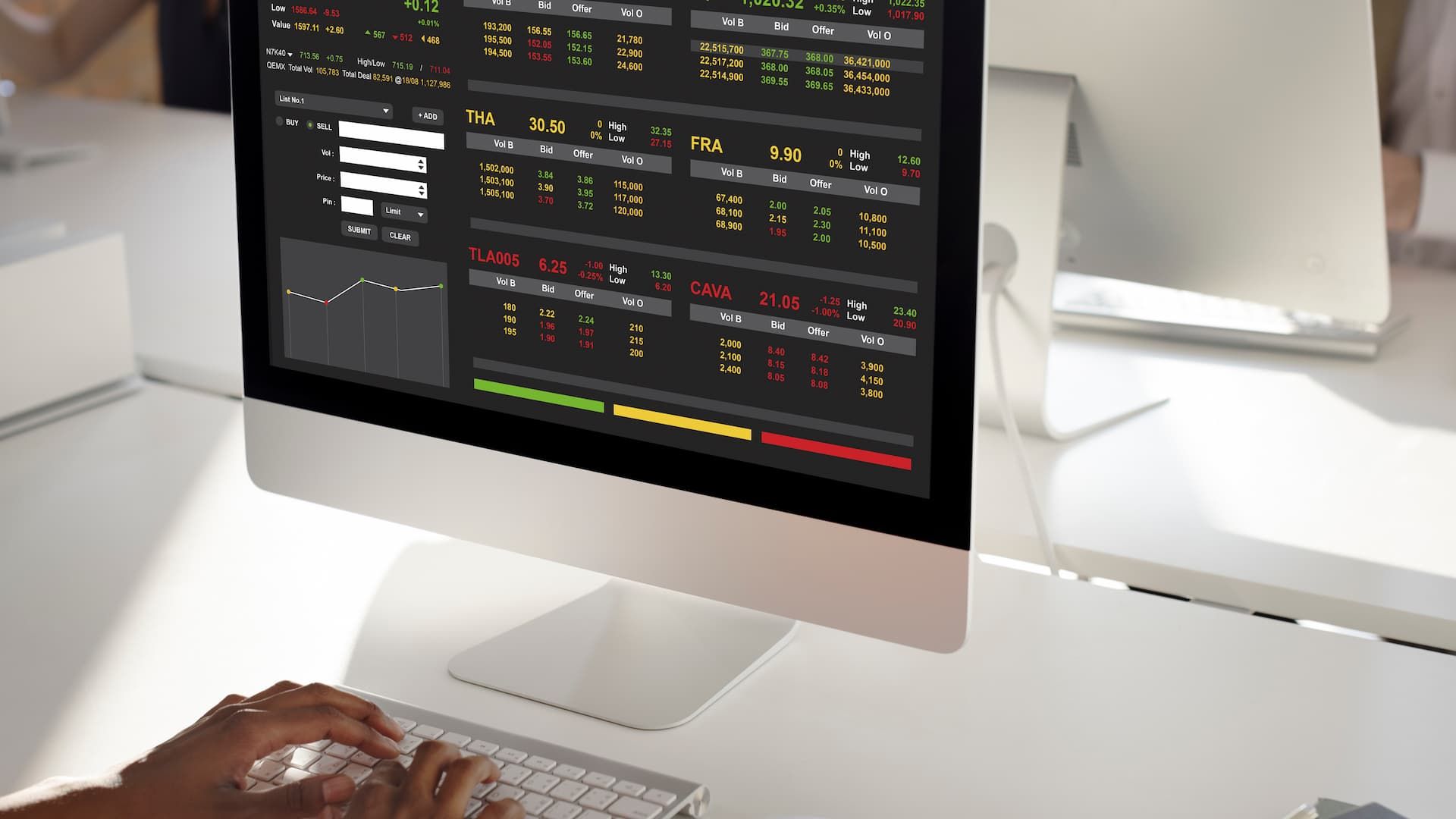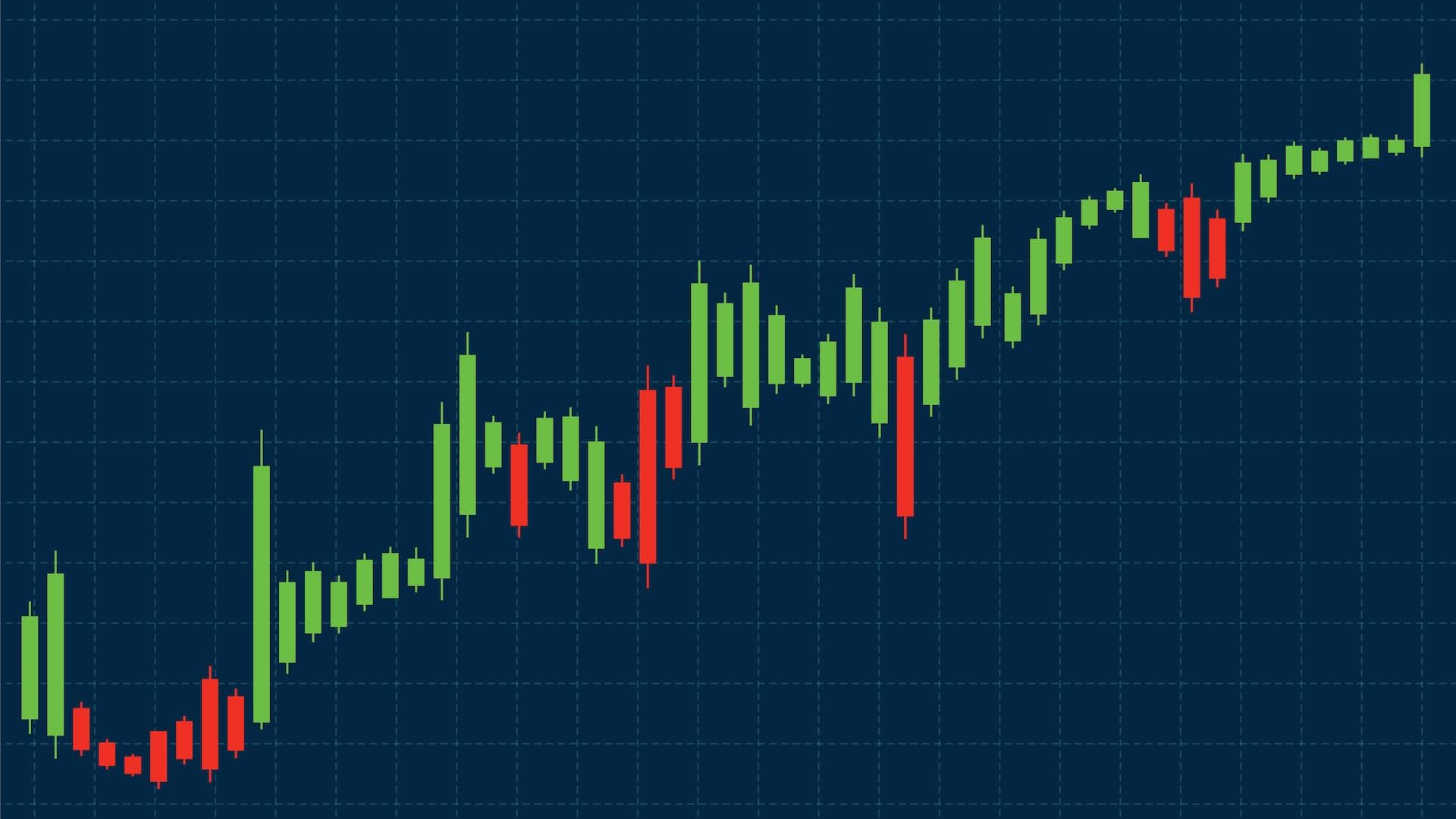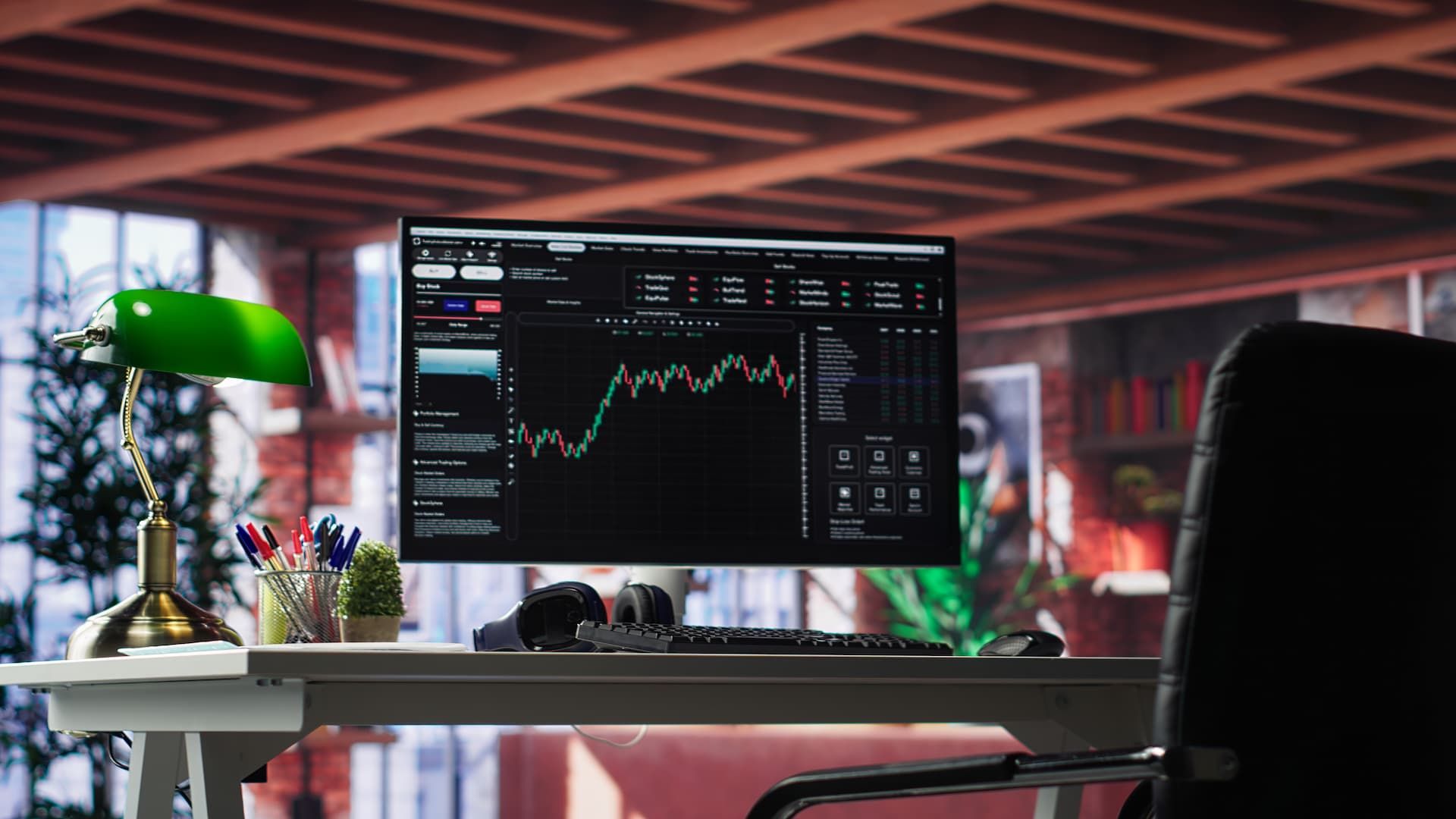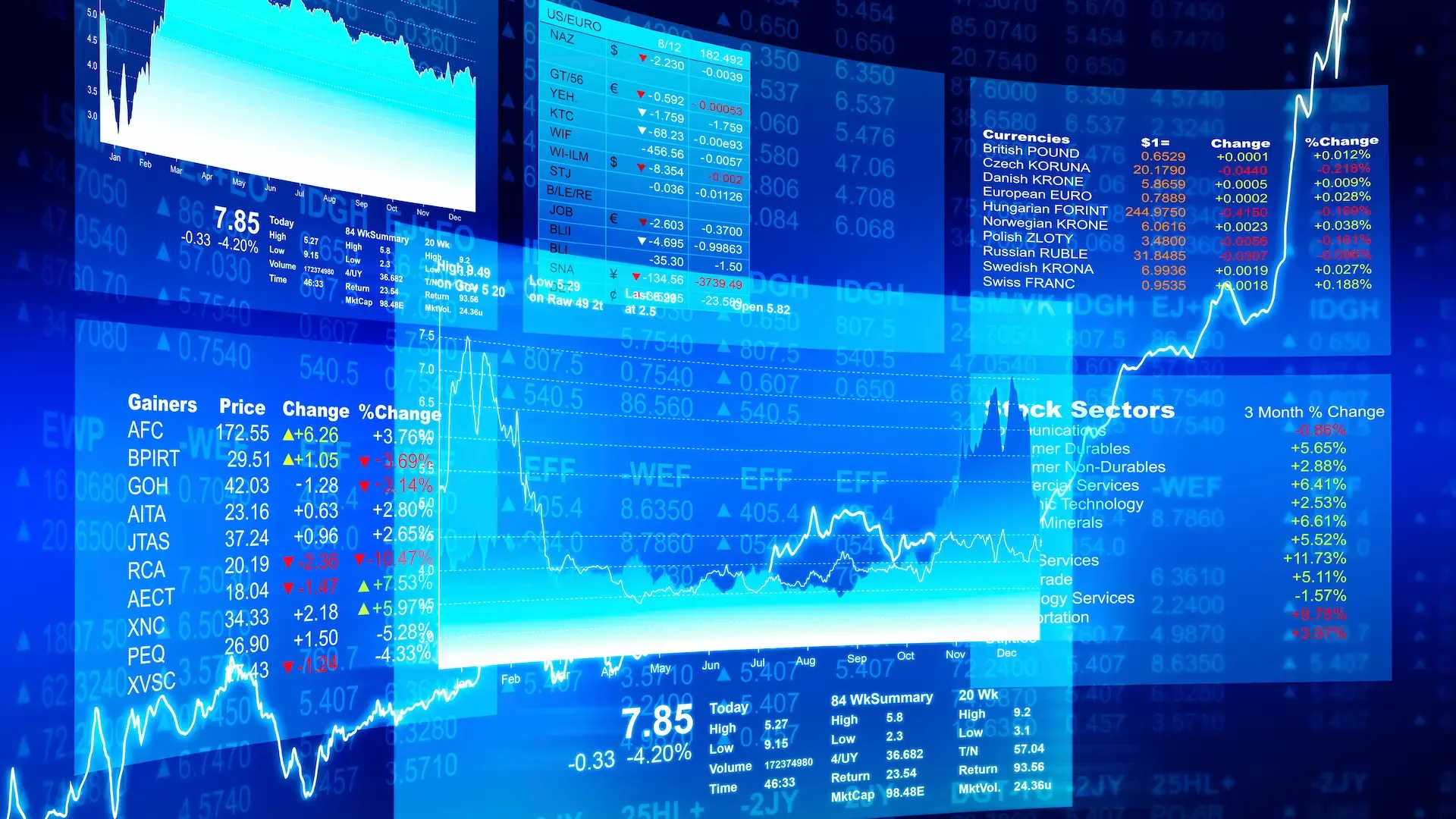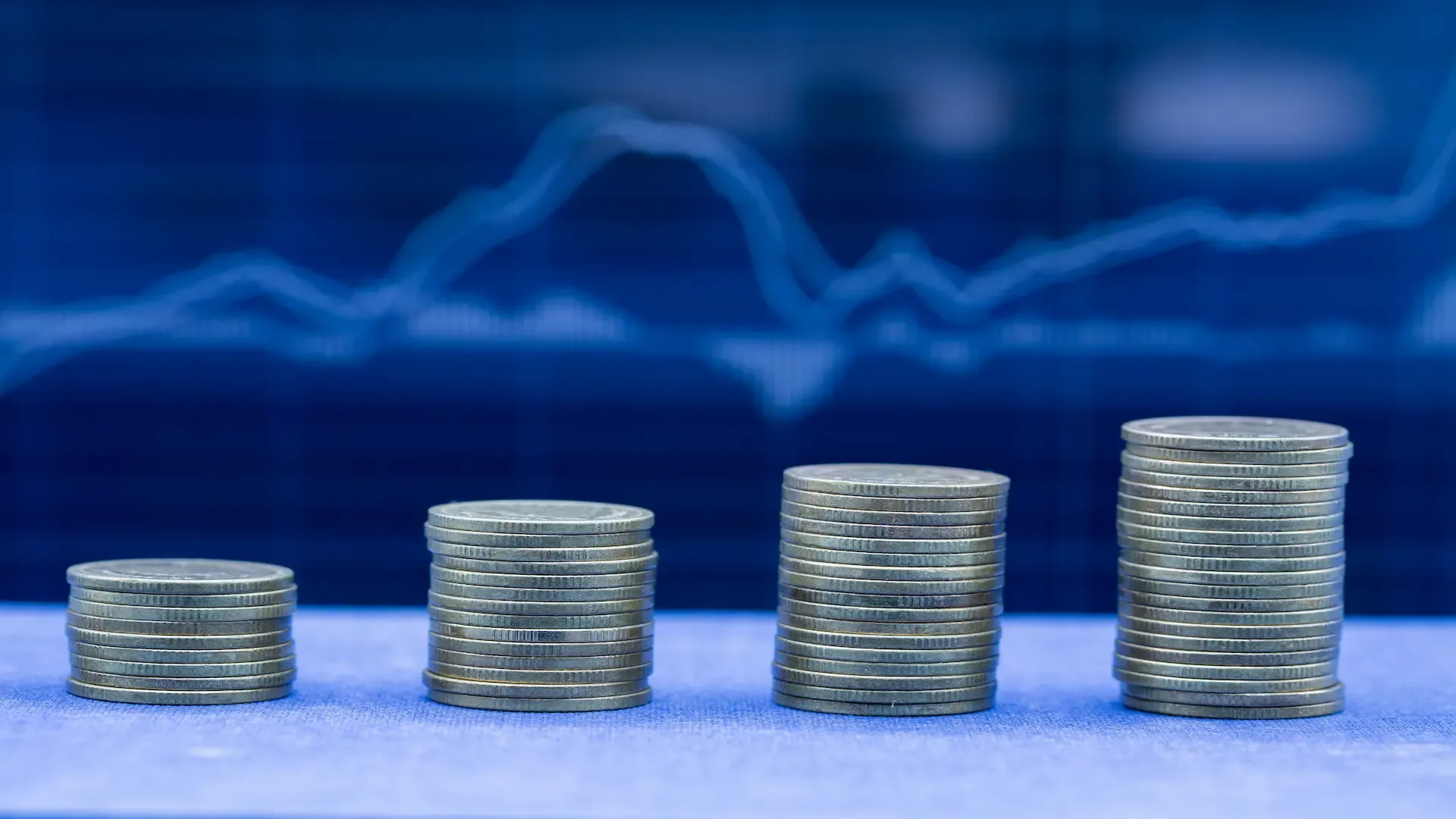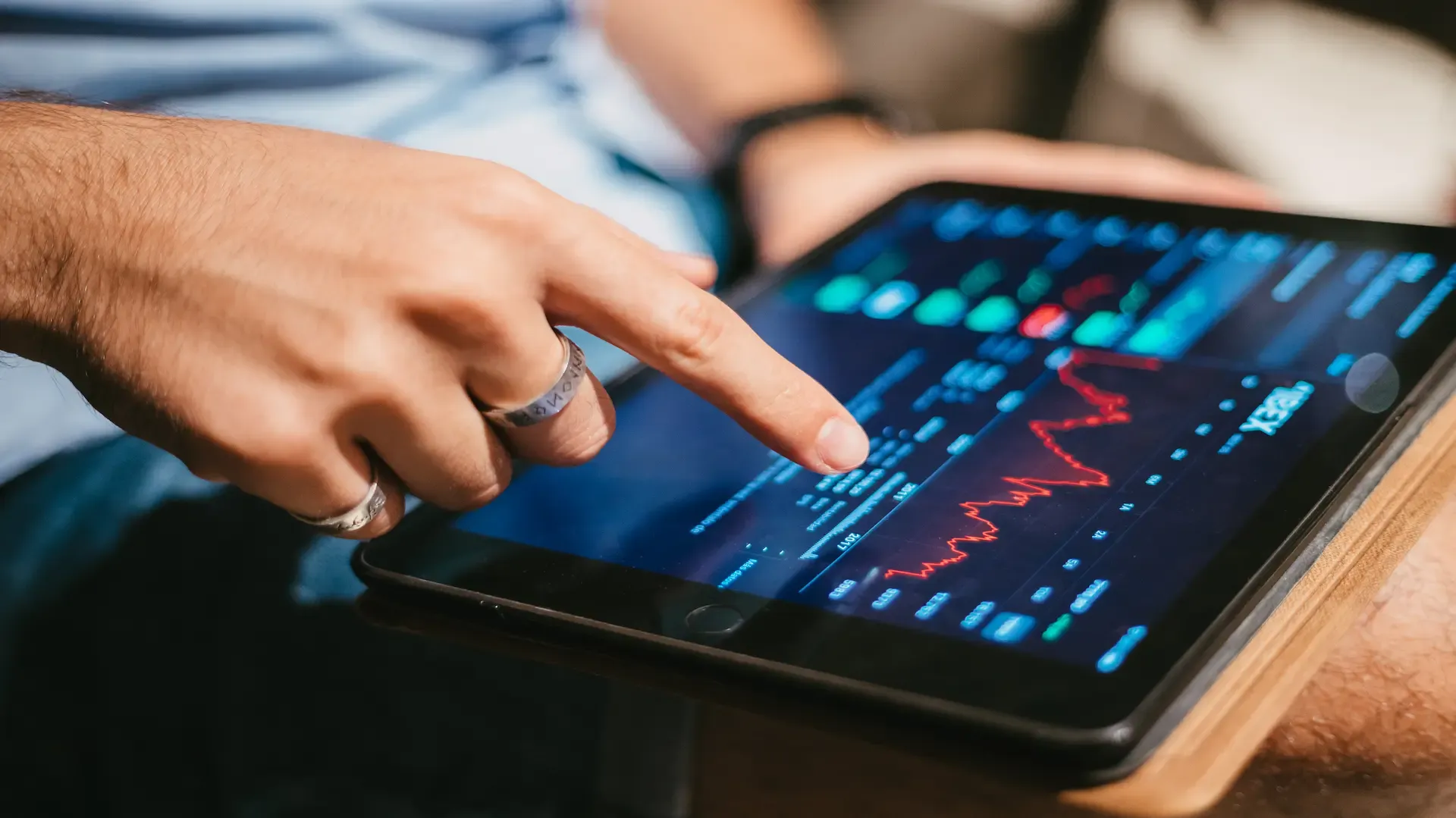When people hear the word “commodities,” they often picture barrels of oil, bars of gold stacked in a vault, or silver coins in an antique shop. But in trading, commodities mean much more. They represent the building blocks of the global economy. From crude oil powering airplanes, to agricultural commodities like wheat feeding millions, to precious metals serving as safe havens, commodities touch our daily lives in ways many investors never stop to think about.
Unlike stocks, which represent a piece of a company, commodities are tangible assets. Their value is shaped by real-world supply and demand relationships: how much oil is being pumped, how much silver is being mined, how many farmers had a good harvest. Because of this, commodity prices can move quickly, often with significant volatility. That’s exactly what makes them attractive to traders looking for opportunities outside traditional markets. Platforms such as 24Markets.com provide access to these markets in a transparent way, letting beginners and professionals trade commodities gold oil silver without needing to handle physical assets.
Understanding Commodities in Global Markets
What Are Commodities and Why They Matter
At their core, commodities are raw materials or primary goods that can be bought and sold. Think of them as the “ingredients” of the global economy. Energy commodities like crude oil and natural gas keep industries running. Precious metals like gold and silver act as a store of value. Soft commodities such as coffee, sugar, and corn are agricultural products that keep households supplied.
Why do they matter for traders? Because commodities are deeply connected to inflation protection, interest rates, and even stock prices. A spike in crude oil prices can raise transportation costs, which affects corporate profits and eventually equity markets. A surge in silver prices can signal strong industrial demand or rising investor anxiety. Understanding these links helps traders use commodities as part of a broader investment program.
Commodity Exchanges and Their Role in Trading
To make all this tradable, we have commodity exchanges. Places like the Chicago Mercantile Exchange, the New York Mercantile Exchange, and the London Metal Exchange provide standardized contracts known as futures contracts. These allow traders to buy or sell a particular commodity at a specified price in the future.
Commodity exchanges play a crucial role in setting market prices and keeping trading fair. For example, crude oil futures help producers and buyers lock in prices and reduce risk, while gold futures give traders a way to speculate on gold prices without needing to store gold bars. Commodity markets are global, liquid, and fast-moving, which means opportunities are always present but so are risks.
Precious Metals: Gold, Silver, and Beyond
How Gold Prices Influence Market Sentiment
Gold is not just a shiny metal; it is a financial instrument that has been trusted for centuries. In times of economic uncertainty, investors flock to gold because it is seen as a safe haven. This is why gold prices often rise when stock markets stumble.
Gold futures and exchange traded funds give investors exposure without the hassle of storing physical commodities. Many wealth management strategies include gold because it serves as an inflation hedge, balancing the portfolio when interest rates or bond markets shift.
Silver as a Key Precious Metal in Portfolios
Silver is sometimes called “the poor man’s gold,” but that undersells its importance. Unlike gold, which is mostly an investment vehicle, silver has wide industrial use. It is essential in solar panels, electronics, and even medical devices. This gives silver prices a unique profile: they reflect both investor demand and industrial demand.
Silver can be volatile, but that volatility creates opportunities. Platforms like 24Markets.com let traders speculate on silver prices through CFDs, meaning they can participate in price movements without buying physical silver. For beginners, this is often the simplest way to start trading commodities.
Why Precious Metals Serve as an Inflation Hedge
When inflation rises, paper currencies lose value. Precious metals such as gold and silver often move in the opposite direction, making them a natural inflation hedge. Unlike stocks, they do not rely on company performance. Instead, their role as tangible assets gives them enduring appeal. This is why many investment programs combine stocks with commodities to reduce portfolio risk and guard against significant volatility.
Energy Commodities and Market Dynamics
Crude Oil and Its Global Importance
Crude oil is arguably the most influential commodity in the world. Oil prices affect nearly everything from airline tickets to food prices. Crude oil futures are among the most actively traded contracts on commodity exchanges, and price volatility in this market often ripples into financial markets everywhere.
For traders, oil represents opportunity but also risk. Supply shocks, geopolitical tensions, and OPEC decisions can create sudden price movements. Using a reliable trading platform such as 24Markets.com, you can trade oil CFDs with transparency, making sure you have the tools to manage risk while aiming for potential profit.
Natural Gas in Commodity Trading
Natural gas is another major energy commodity. Its role in heating, electricity generation, and manufacturing makes it vital for economies. Like crude oil, natural gas futures allow traders to speculate on price movements. However, its prices can be even more volatile, influenced heavily by seasonal demand and weather conditions.
Energy Commodities and Their Link to Inflation
Energy commodities have a direct impact on inflation. When crude oil prices rise, so does the cost of transporting goods. This eventually feeds into consumer prices. Traders watch energy markets closely because energy commodities often act as early warning signals for inflation trends.
Soft Commodities and Diversification
The Role of Soft Commodities in Wealth Management
Soft commodities, which include agricultural products like wheat, corn, coffee, and cocoa, add a different kind of exposure to a portfolio. Unlike hard commodities, they are renewable but still subject to risks such as weather events and shifts in global demand. Because of this, their price volatility does not always follow the same patterns as oil or precious metals. Including them in a commodity investing strategy improves diversification and can help balance portfolio risk.
Comparing Soft Commodities with Precious Metals
Precious metals and soft commodities serve different roles. Gold and silver are often seen as safe havens, while agricultural commodities are tied directly to consumption and production cycles. A poor harvest can drive agricultural commodity prices higher, regardless of what is happening with gold prices or crude oil futures. Traders looking for diversification often combine both, using commodity ETFs or futures contracts to gain exposure.
Investment Vehicles for Commodity Exposure
Commodity ETFs and Exchange Traded Funds Explained
Exchange traded funds, or commodity ETFs, are one of the most accessible ways for retail investors to trade commodities. These funds track commodity prices and trade like stocks on an exchange. They allow investors to gain exposure to physical assets without handling them directly. For example, commodity exchange traded funds can track gold futures, silver prices, or crude oil prices.
Mutual Funds vs. Commodity ETFs: Key Differences
Mutual funds that invest in commodities typically provide broader exposure, sometimes combining commodities with stocks or bonds. Commodity ETFs, on the other hand, often focus on one particular commodity or a small group. Both can be useful, but ETFs are generally preferred by traders who want to move quickly in and out of positions.
Using Commodities in Wealth Management Strategies
Wealth management often includes commodities because they act as inflation protection and diversify portfolios. Whether through mutual funds, exchange traded products, or direct commodity derivatives, they can reduce overall portfolio risk. The Bloomberg Commodity Index, for example, tracks a basket of commodities and serves as a benchmark for many investment objectives.
Advanced Perspectives on Commodity Trading
How Commodity Trading Supports Portfolio Diversification
Investing in commodities gold oil silver provides a counterbalance to traditional assets. When stock markets fall, commodities sometimes rise, and vice versa. This inverse relationship makes them valuable in managing portfolio risk. For example, a trader who holds stocks may also invest in gold futures or crude oil futures as part of a balanced trading strategy.
Managing Risk While Trading Commodities
Commodity trading can be profitable, but it requires careful risk management. Futures markets involve leverage, which means small price movements can create significant gains or losses. For beginners, trading commodities with CFDs on platforms like 24Markets.com provides a way to practice trading with transparency, low capital requirements, and access to real-time market prices.
